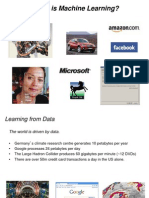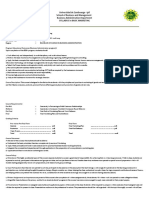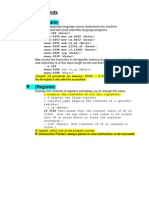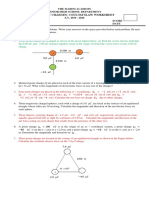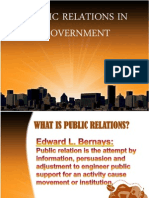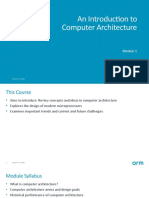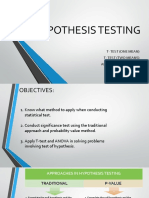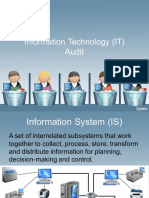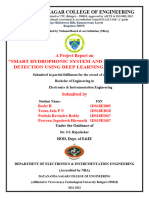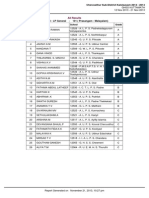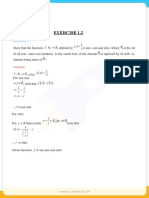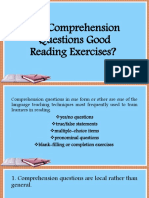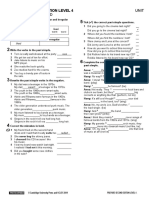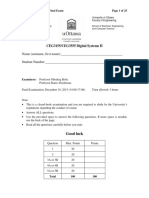0% found this document useful (0 votes)
79 views38 pagesML Lecture 2 Supervised Learning Setup
This document provides an overview of machine learning concepts including:
- Traditional computer science tasks vs problems machine learning can handle better
- The machine learning pipeline involving data, algorithms, and outputs
- Key concepts like supervised vs unsupervised learning, classification vs regression, challenges around explainability and fairness
It uses examples like medical diagnosis, text analysis, and image recognition to illustrate machine learning applications and how data is represented as feature vectors to train models.
Uploaded by
Faizad UllahCopyright
© © All Rights Reserved
We take content rights seriously. If you suspect this is your content, claim it here.
Available Formats
Download as PPTX, PDF, TXT or read online on Scribd
0% found this document useful (0 votes)
79 views38 pagesML Lecture 2 Supervised Learning Setup
This document provides an overview of machine learning concepts including:
- Traditional computer science tasks vs problems machine learning can handle better
- The machine learning pipeline involving data, algorithms, and outputs
- Key concepts like supervised vs unsupervised learning, classification vs regression, challenges around explainability and fairness
It uses examples like medical diagnosis, text analysis, and image recognition to illustrate machine learning applications and how data is represented as feature vectors to train models.
Uploaded by
Faizad UllahCopyright
© © All Rights Reserved
We take content rights seriously. If you suspect this is your content, claim it here.
Available Formats
Download as PPTX, PDF, TXT or read online on Scribd
/ 38
